by Faye McCray
It’s a burden that can be uniquely ours. And by ours, I mean people of color. As we move into different career paths or socioeconomic statutes or merely try to introduce ourselves to different experiences, the rooms tend to get less brown. In a good room, it’s a fleeting thought. You notice but it doesn’t silence you. In fact, it may encourage you to be brighter, since you are already standing out. In a difficult room, the otherness can be palpable, leaking from every stare and comment. You are center court, dodging decades of expectations, and assumptions about your thoughts, beliefs and lifestyle. You have to fight your way out without shrinking or being defined.
At thirty-something, I feel like an old pro but when it comes to my kids, I still feel like a rookie. While as adults, we learn to sweep powerless microaggressions under the rug, when it comes to our children, these behaviors, especially in the educational system, can be irrevocably damaging. We are often forced to fight for them, even when we haven’t always been willing to fight for ourselves. It was with this thought in mind that I wondered, how would I defend my child against bias in the educational setting?
For us, the seemingly inevitable came in my eldest’s second grade year when he came to me and declared that Ms. V*, a paraeducator at his school “…did not like brown boys.” As I listened to him rattle off the list of infractions: from telling him and other brown boys she was “watching” them to telling him he wasn’t better than anyone else to accusing him of lying about asking to use the bathroom, it was clear she was targeting him but connecting the dots between her behavior and racism would be a much more daunting task. After all, racism is a very strong accusation. By definition, it means “a belief that race is the primary determinant of human traits and capacities and that racial differences produce an inherent superiority of a particular race.” That’s heavy. I knew going into his school ready to hurl that word at the first one to listen wasn’t the way to be heard. Whether I believed it to be true or not.
1. Remain calm.
My husband’s karate teacher used to teach self defense to women. He said the women would always start off throwing weak jabs and hits, too shy to use their full strength. However, as soon as the instructor challenged them to fight like they were protecting their children, all bets were off. I would wager nothing makes a human more feral than the thought of having to protect your children. However, when it comes to protecting our children in the education setting, we must remain calm. In spite of what reality TV has taught us, no one ever hears you when you’re yelling. This I know. Though my first instinct was to contact the school immediately upon learning of this educator’s behavior, I knew I needed to calm down first. In my case, it meant waiting for my husband to come home so we could strategize, have some tea, and get a good night’s sleep.
2. Identify your objective.
In our case, we wanted the behavior to stop. We were fortunate Ms. V was a paraeducator and not his primary teacher. We adored his primary teacher. We also had a great relationship with his school’s administrators. We didn’t think we were confronting a systemic problem but more of a problem with this particular educator. Thus, we knew disciplinary action could potentially rectify the situation. We also knew from previous interactions with Ms. V, discussing the issue directly with her may cloud our objective. She wasn’t personable and seemed like the kind of small-minded individual that may antagonize the situation. We knew calmly discussing the issue with the principal was the best way to find a solution for the problem.
Identifying your objective is crucial in determining what path of redress you should take. If you suspect the problem is systemic, your starting point may be beyond the administrators but with the school board.
“Make [the issue] child specific. All parents are critical of their children’s progress. Everyone will understand that. When you start with race, you put people on the defensive and that is counterproductive.”
3. Focus on the child.
Princess Lyles, Executive Director of Democracy Builders, an organization focusing on parental advocacy in public schools, recommends: “Make [the issue] child specific. All parents are critical of their children’s progress. Everyone will understand that. When you start with race, you put people on the defensive and that is counterproductive.”
Our first step was sitting down with the principal and expressing our disappointment with our son’s experience. We used phrases like, “Ms. V’s words made our son feel vulnerable” and “Ms. V made him feel targeted.” We let the principal know our son was enthusiastic about learning and looked forward to going to school each day. We were worried his interaction with this educator would ruin that. Our son didn’t have a history of behavioral problems or problems with any other teachers in the school. This made it clear that the issue was more with this particular educator.
4. Document and investigate.
We were fortunate that our principal was very receptive so our battle ended there. In fact, while we used words like “vulnerable” and “targeted.” She used phrases like “resistant to change” and “from a different time.” It was clear we were ALL on the same page.
Although our principal was receptive to our grievances, we were prepared to go further. Our son’s concern about Ms. V’s interaction with all “brown boys” stemmed from weeks of watching her berate and target brown children. We knew he wasn’t the only one at stake.
Lyles recommends documenting your child’s allegations, observing interactions (where possible) and talking with other parents. “Poke around to see if there are similar circumstances,” she said. If the issue warrants going beyond teachers and administrators, you may have to bring your grievances to the school board. In which case, you want to prepared.
5. Explore other options.
“Education is a partnership,” said Lyles. “To the extent the school isn’t working to make it a partnership, it may not work for you. Unfortunately, one size does not fit all, you will constantly be on a mission to find the school that’s the right fit.”
The truth is, not everyone is cut out to be the Norma Rae of inclusive education. Often your priority is to protect your child and that’s okay. If your child is attending a private school or if a private school is within your means, the solution may be as easy as finding another private school. If private school is not an option, many school districts offer open enrollments, charter schools and variance applications that open the door to attending schools outside of your neighborhood. Do your homework and know your options.
“You are your child’s best advocate.”
6. Remain involved.
Whether it’s the beginning, middle or end of your child’s educational career, it is important to remain involved. My husband and I are both active members of our school community. We have held positions on the PTA and volunteered regularly in our son’s classrooms. We also encourage constant dialogue with our children’s teachers and administrators. When I emailed my son’s principal to request a meeting, she already knew who we were. She knew we were invested in our child’s education, not just when there was a problem but when things were going well. After our meeting, she also knew we wouldn’t just disappear. We would remain active and thus, she would remain accountable.
Even if your work schedule makes it difficult to give face time at your child’s school, emails and social media make it easier to remain active. Send an email checking in every once in awhile. Ask about your child’s progress and what you can do at home. Be sure to introduce yourself and your child to school administrators where possible.
“You are your child’s best advocate,” said Lyles. The best way to avoid problems is to be there before they start.
*name changed.
***
About The Author
Faye McCray is an attorney by day and writer all the time. Her work has been featured on My Brown Baby, AfroPunk, AfroNews, For Harriet, Madame Noire, Black Girl Nerds, Black and Married with Kids, and other popular publications. Faye also has a number of short stories and a full length novel available for purchase on Amazon. Most importantly, Faye is a proud wife and mother to three beautiful and talented young boys who she is fiercely passionate about raising.
attorney by day and writer all the time. Her work has been featured on My Brown Baby, AfroPunk, AfroNews, For Harriet, Madame Noire, Black Girl Nerds, Black and Married with Kids, and other popular publications. Faye also has a number of short stories and a full length novel available for purchase on Amazon. Most importantly, Faye is a proud wife and mother to three beautiful and talented young boys who she is fiercely passionate about raising.




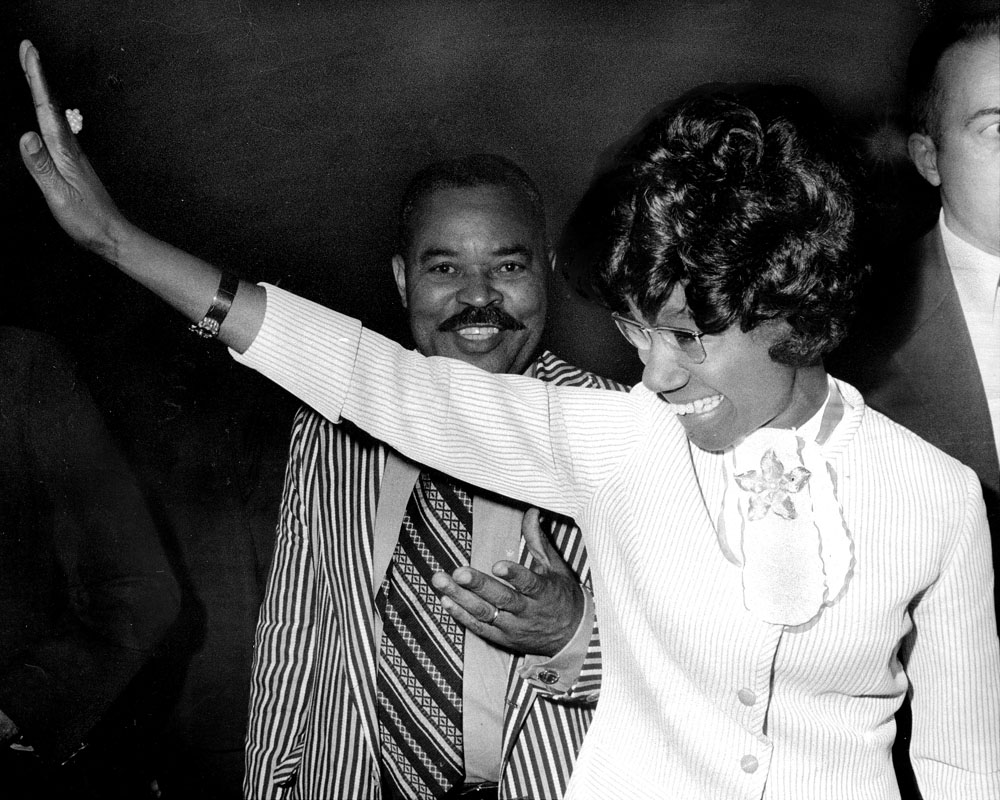

 rried father of three amazing sons. He is also a proud graduate of Duke University where he holds a BA in History and African/African American History, and Howard University School of Law. He is a regular commentator on the
rried father of three amazing sons. He is also a proud graduate of Duke University where he holds a BA in History and African/African American History, and Howard University School of Law. He is a regular commentator on the 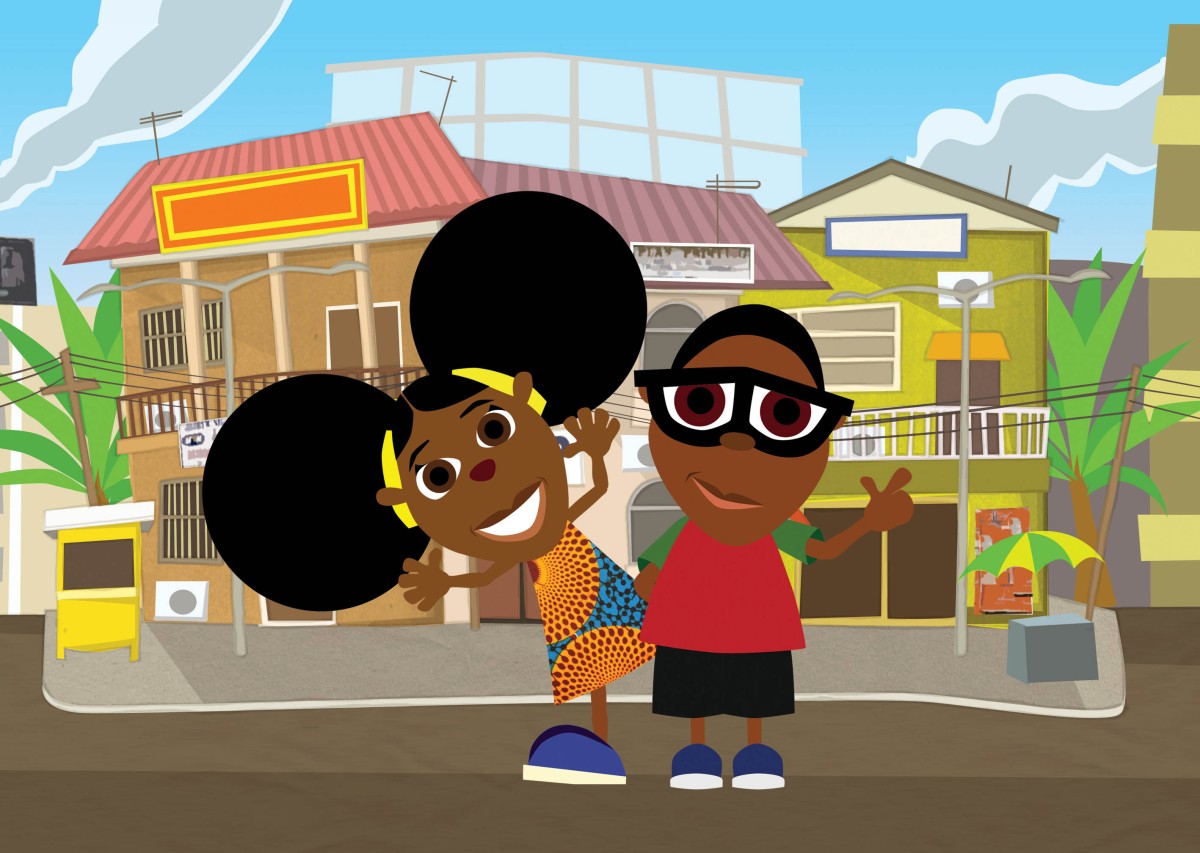
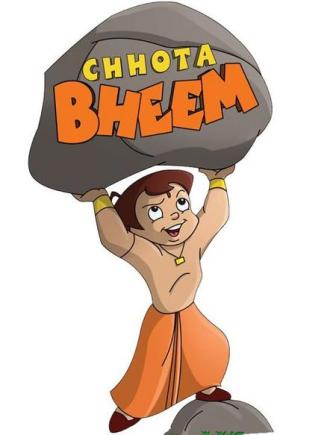


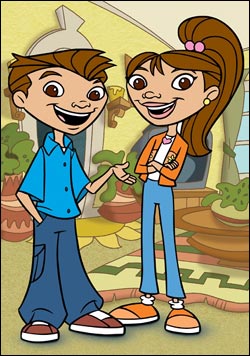
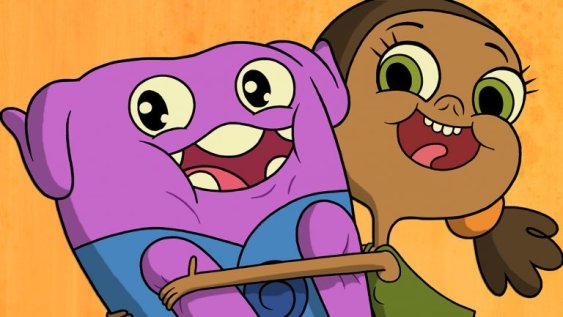














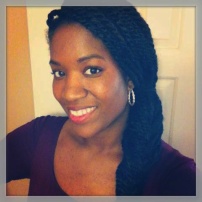 attorney by day and writer all the time. Her work has been featured on
attorney by day and writer all the time. Her work has been featured on 





